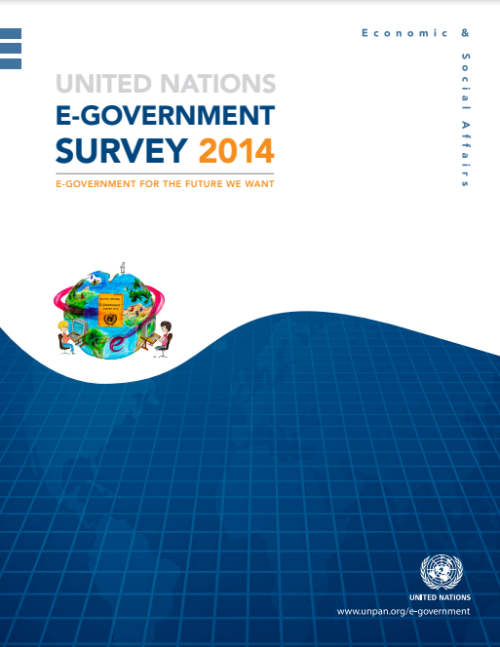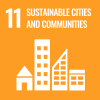E-government—digital interactions between governments and people—varies greatly among and within regions, but most countries are making progress on providing greater access, according to the 2014 UN E-Government Survey launched today. The findings show that the Republic of Korea tops the global e-government ranking, and that Europe remains first among regions.
The report also shows that many countries are expanding electronic participation, utilizing more mobile and social media tools, expanding usage and making more government data available online. However, challenges remain, such as lack of resources, digital inequalities and a lack of leadership for e-government.
“E-government holds tremendous potential to improve the way that governments deliver public services and enhance broad stakeholder involvement in public service,” said Wu Hongbo, Under-Secretary-General for Economic and Social Affairs and Secretary-General for the International Conference on Small Island Developing States.
Top national and regional performers
The Republic of Korea ranked first in global e-government due to its continued leadership and focus on e-government innovation. Australia ranked second, and Singapore ranked third. Australia and Singapore scored very high on e-government improvement because both countries recently established robust telecommunications infrastructure, invested in developing their human resources, expanded usage of e-government facilities and extended service delivery.
At the regional level, Europe continued to lead followed by the Americas, Asia, Oceania and Africa. France topped the list in Europe, and ranked fourth globally. The United States led countries in the Americas, and ranked seventh overall. Tunisia was the top performer in Africa, and ranked 75th worldwide.
The rankings are part of the report’s E-Government Development Index, which ranks countries by measuring their use of information and communications technologies to deliver public services. The Index is a weighted average of three dimensions: scope and quality of online services, status of telecommunication infrastructure and existing human capacity.
The report notes wide disparities among regions and countries in e-government. The level of a country’s economic, social and political development was one of the main factors contributing to e-government development, which is also influenced by investment in telecommunication, human capital and provision of online services. However, a higher level of economic development does not guarantee e-government development, according to the Survey’s findings. Many countries improved their e-government despite a lower overall level of development, while some high income countries continued to lag behind.
Global trends in e-government development
In 2014, for the first time all 193 UN Member States had national websites. In 2003, 18 countries had no online presence. Overall, the most advanced countries continued to outpace the less developed countries in online service delivery.
Between 2012 and 2014, the number of countries offering mobile apps and mobile portals doubled to nearly 50 countries. The use of social media by governments increased by 50 per cent between 2012 and 2014, with 118 countries currently using some form of social media.
To improve e-government, the Survey suggests countries establish a clear national vision, supported by committed leadership, appropriate policies and collaborative governance frameworks, and greater investment in telecommunication infrastructure, human capital and provision of online services.
The UN E-Government Survey is produced every two years by the UN Department of Economic and Social Affairs. It is the only global report that assesses the e-government development status of the 193 UN Member States. It serves as a tool for decision-makers to identify their areas of strength and challenges in e-government and to guide e-government policies and strategies
 Welcome to the United Nations
Welcome to the United Nations




